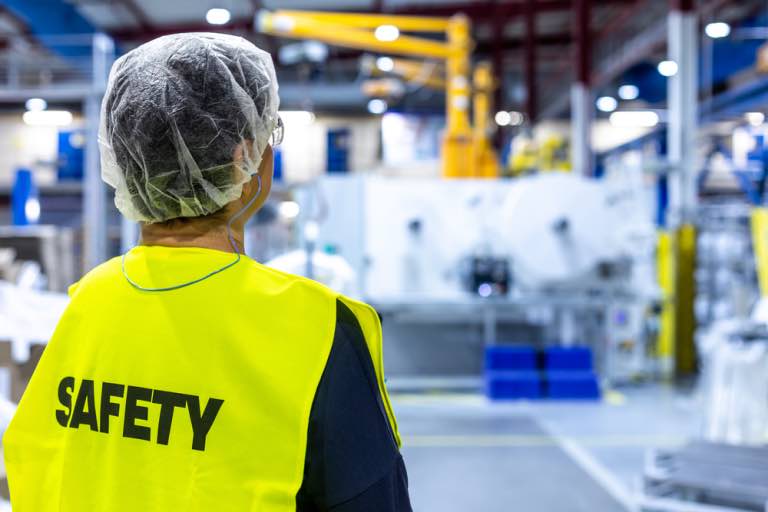In any work environment, safety should always be a top priority. Employees deserve to feel secure and protected while carrying out their duties.
Workplace safety safeguards employees from potential hazards and encourages a positive work culture where individuals can thrive and contribute effectively.
Additionally, ensuring compensation for workplace-related injuries is crucial to supporting employees’ well-being and maintaining trust within the organization.
This article dives into some key aspects of workplace safety and compensation and how they are essential in protecting employees’ rights.
Understanding Workplace Safety Regulations
Workplace safety regulations are established to provide guidelines and standards to prevent employee accidents, injuries, and illnesses. These regulations vary depending on the industry and the nature of work but are designed to ensure a safe working environment for all.
Employers must adhere to these regulations and provide safety equipment, training, and protocols to reduce risks. This includes conducting regular safety inspections, addressing potential hazards promptly, and implementing emergency procedures.
Importance of Employee Training
Proper training plays an important role in ensuring workplace safety. Employees should receive comprehensive training on operating machinery, handling hazardous materials, and following safety protocols.
This reduces the likelihood of accidents and empowers employees to identify and address potential risks proactively.
Regular training sessions and refresher courses are essential to notify employees about new safety procedures and technologies. By investing in employee training, organizations demonstrate their commitment to prioritizing safety and protecting their workforce.
Creating a Culture of Safety
A safety culture starts at the top and permeates the entire organization. Employers should maintain an environment where safety is ingrained in the company culture and not just seen as a regulatory requirement.
This involves promoting open communication channels for reporting safety concerns, recognizing and rewarding safe behavior, and holding individuals accountable for non-compliance with safety protocols.
When employees feel valued and supported in prioritizing safety, they are more likely to actively participate in maintaining a safe work environment. A safety culture decreases the risk of accidents and enhances employee morale and productivity.
Ensuring Fair Compensation for Workplace Injuries
Despite preventive measures, workplace injuries may still occur. In such instances, employees must receive fair compensation for medical expenses, lost wages, and related costs.
Workers’ compensation laws vary by jurisdiction but generally cover injuries or illnesses sustained during employment.
Employers need workers’ compensation insurance to protect employees financially if they get injured at work. This helps ensure employees focus on getting better without worrying about money.
The Role of Legal Support
Navigating workers’ compensation claims can be complex in some cases, especially if disputes arise between employers and employees or claims are denied.
In such situations, seeking legal counsel from experienced professionals, such as Law Advice Lawyers specializing in workers’ compensation, can be beneficial.
These reputable legal experts specialize in assisting clients with workers’ compensation claims, providing expert guidance and representation throughout the process.
Their knowledge and experience in this field can help ensure that employees’ rights are protected and receive the compensation they deserve.
Conclusion
Prioritizing workplace safety and ensuring fair compensation for workplace injuries is essential to protecting employees’ rights.
By adhering to safety regulations, providing comprehensive training, fostering a culture of safety, and offering fair compensation, employers demonstrate their commitment to the well-being of their workforce.
Employees, in turn, play an active role in keeping a safe work environment by following certain safety protocols, reporting hazards, and advocating for their rights when necessary.
Employers and employees can create a workplace where safety is paramount and individuals are valued and protected.
